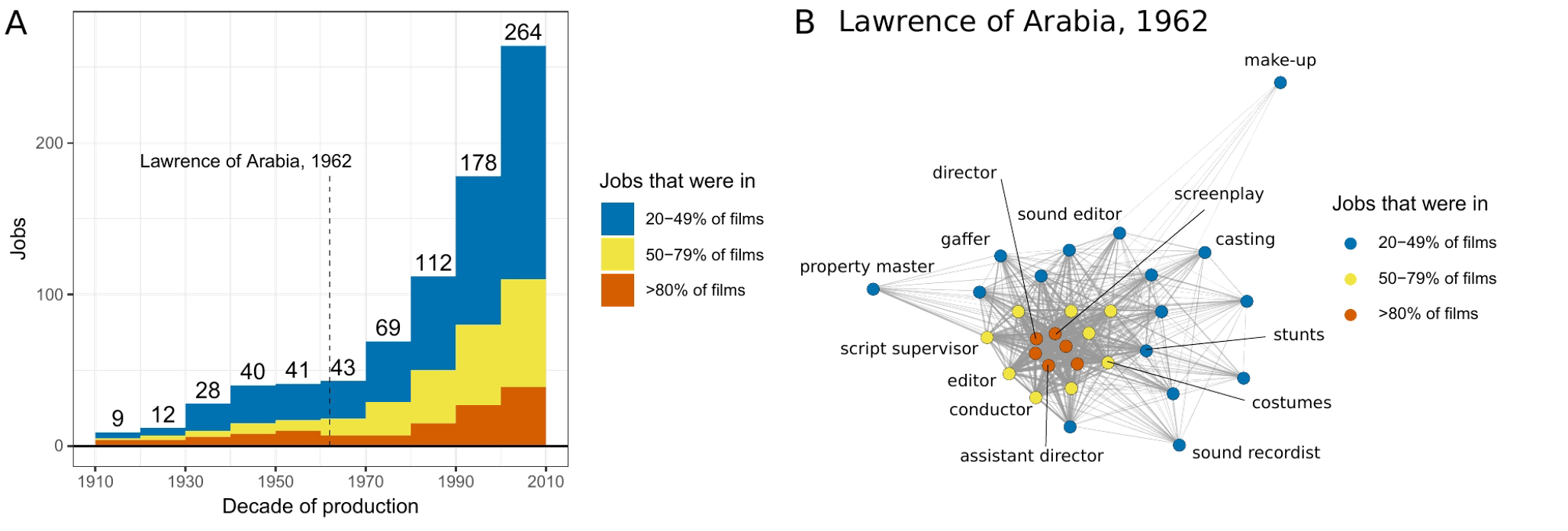Cohort effects in literary fiction
Max Planck once said, pessimistically, that science advances one funeral at a time. Can we say the same about literary fiction? Do new genres of fiction appear as a result of demographic turnover, or are they driven by the individual change of preferences during the author careers? In this project, Bret Beheim and I use a massive book corpus and stochastic simulations to understand the role of demography in literature.
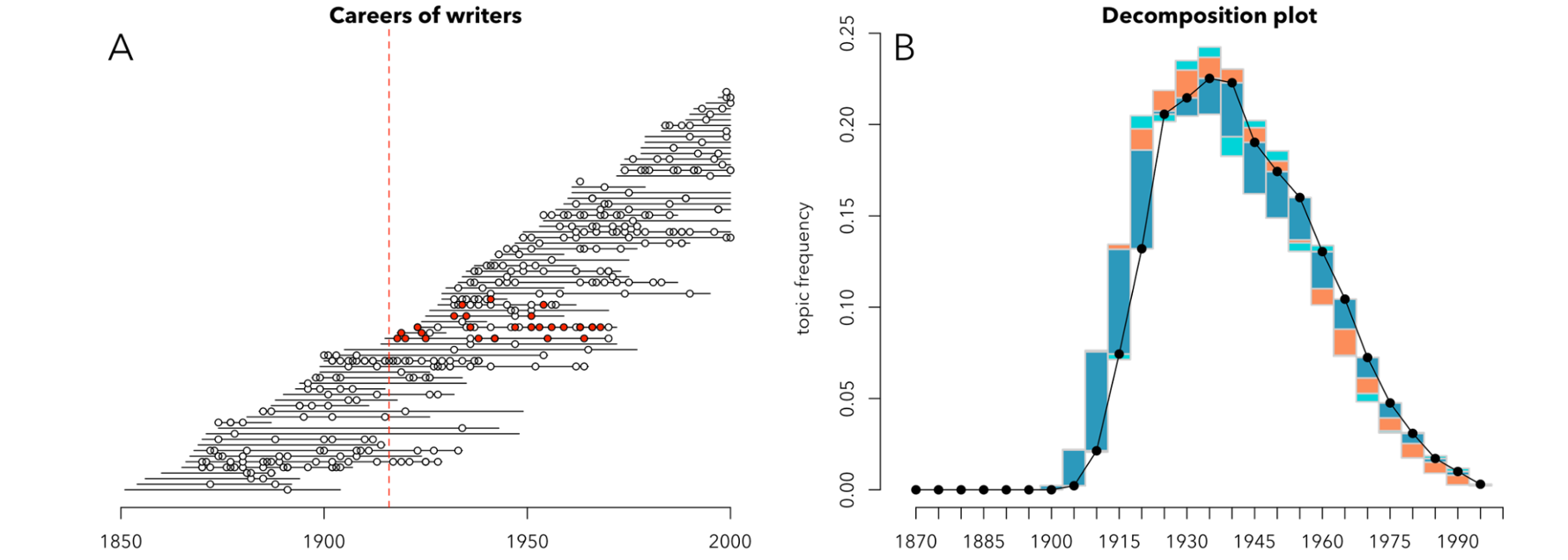
Phylogenies of literature
What is the best way of representing the transmission of literary traditions? In this Templeton-funded project I lead an interdisciplinary team to develop new methods for building historical networks of literary evolution, which one might call “phylogenies of literature”. We combine mathematical models and text mining to develop an entirely new approach to thinking about literature, also creating a gigantic “map” of literary history.
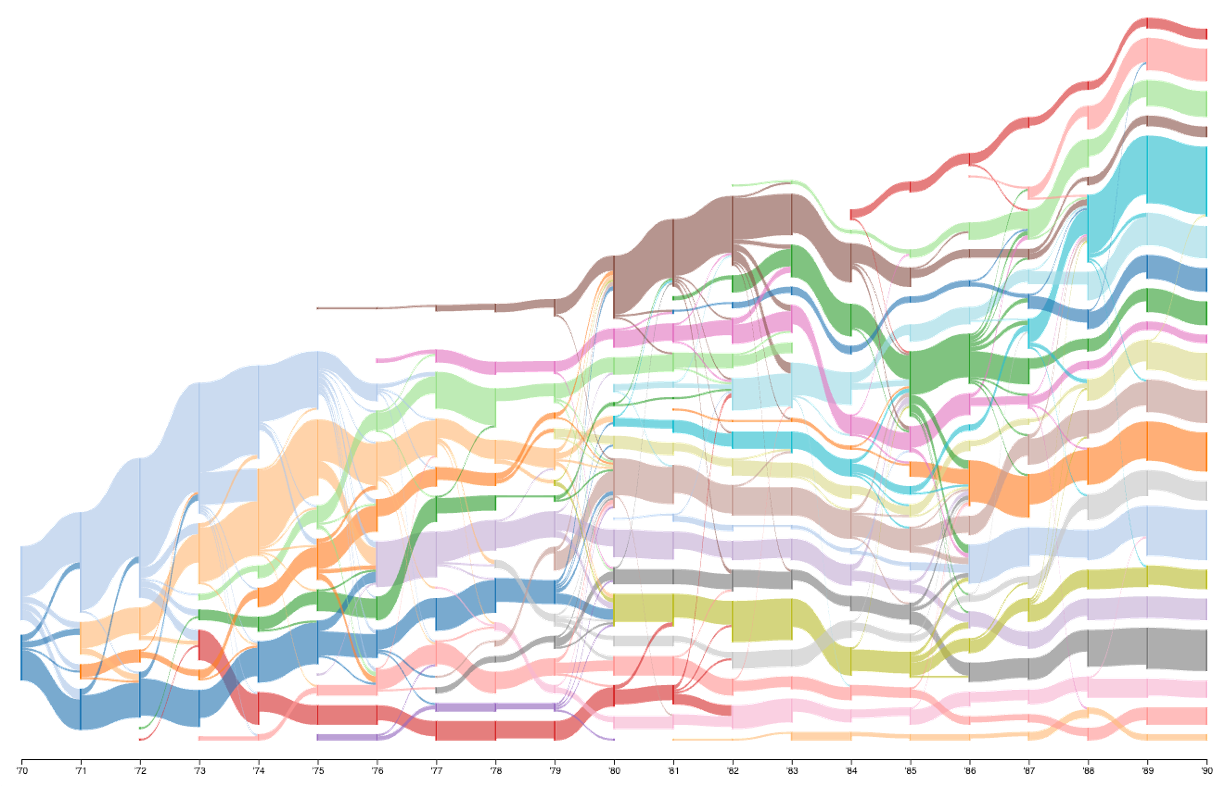
First-mover advantage in music
What makes some artists and their artworks famous? Hard work? Luck? Or, maybe… innovativeness? In a recent study, we ask: is there “first-mover advantage” in music? That is, do founders of new music genres end up being more popular? Using almost a million songs in 110 genres, collected from Spotify, we find a strong affirmative answer.
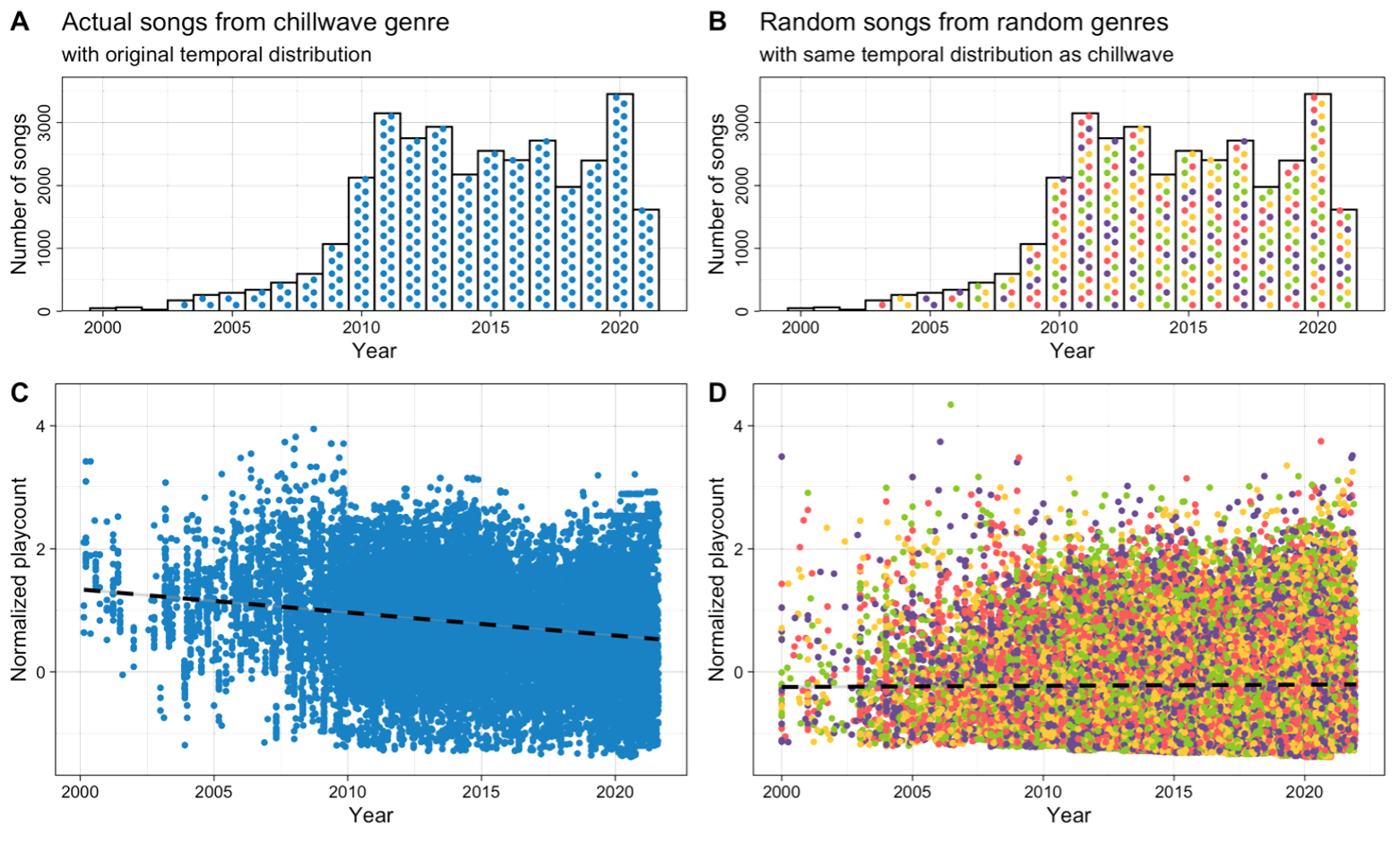
Computing the genres of fiction
We live during the boom of text mining, when new algorithms are published almost every day. So, it becomes ever more important to compare these algorithms against the “ground truth” data. In this paper, we compare 291 combinations of algorithms of text pre-processing, feature extraction, and distance metrics – in order to understand which combination does the best job at clustering books by thematic similarity.
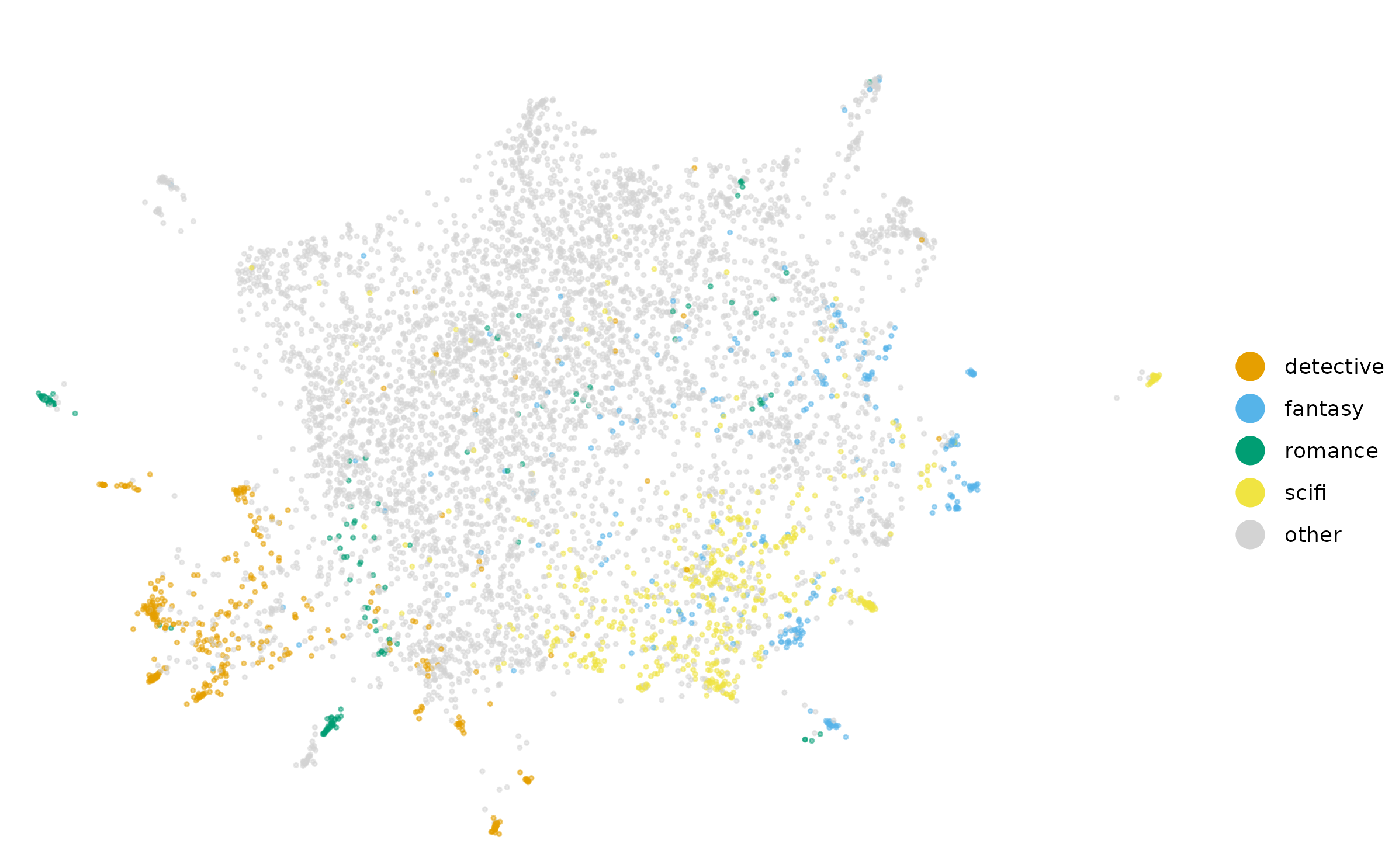
Cumulative evolution of cinema
The history of the arts is often depicted as a pendulum-like change of fashions. The history of other domains, such as technology, are often depicted as the history of progress and complexification. Is there a sense in which art history is also growing in complexity? In this study, we have analyzed a massive dataset of film production crews – to understand how new jobs are invented and adopted in the movie industry.
